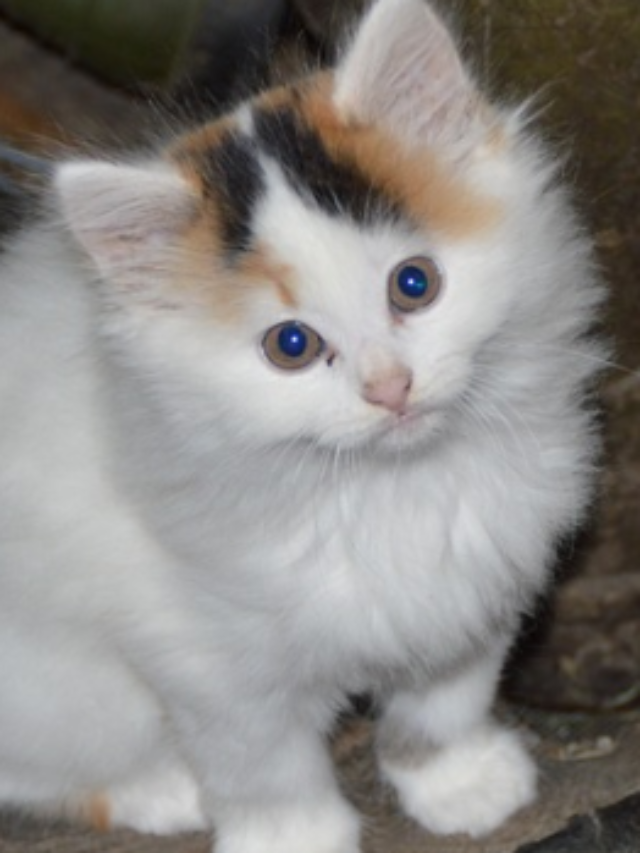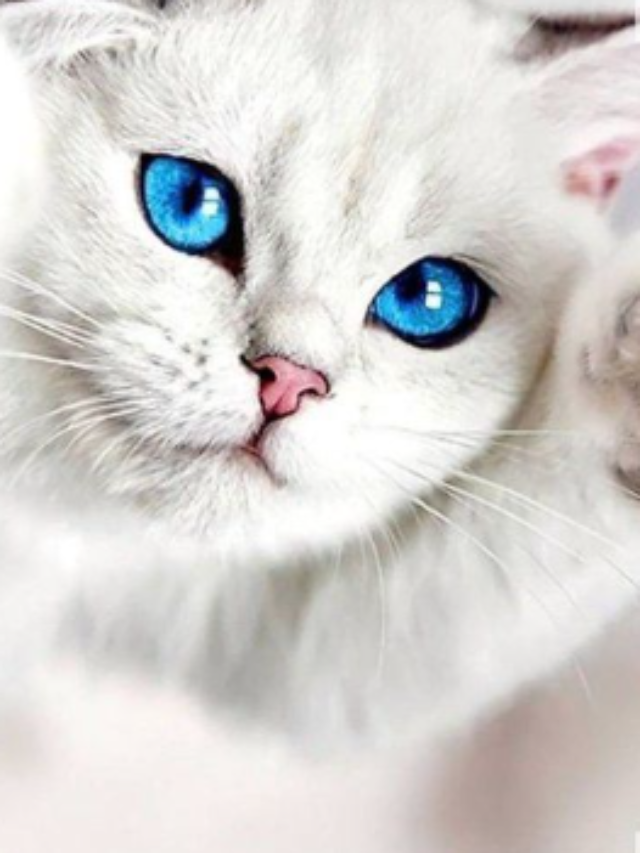As a nature enthusiast, I have always been captivated by the incredible diversity of the feline world. Among the many fascinating species that roam our planet, the Asian leopard cat holds a special place in my heart. These elusive and enigmatic creatures have captured the imagination of wildlife lovers and researchers alike, and it is my pleasure to take you on a journey through their remarkable world.
In this comprehensive guide, we will delve into the intriguing realm of Asian leopard cats, exploring their physical characteristics, habitats, behaviors, and the challenges they face in the modern world. Prepare to be enchanted by these extraordinary felines, whose beauty and resilience have earned them a place among nature’s most intriguing wonders.

Physical characteristics of Asian Leopard Cats
The Asian leopard cat is a medium-sized feline that boasts a striking appearance. With a sleek and muscular build, these cats are often mistaken for their larger cousins, the leopards. However, upon closer inspection, their unique features become apparent.
- Body Structure:
- Length: Typically ranging from 60 to 90 centimeters (24 to 35 inches)
- Weight: Adult males can weigh up to 16 kilograms (35 pounds), while females are slightly smaller
- Coat and Markings:
- Fur: Short, dense, and often yellowish-brown or reddish-brown in color
- Distinctive Markings: Rows of elongated streaks or spots running along their sides, resembling those of a leopard
- Tail: Long and marked with distinct rings or spots
- Head and Face:
- Ears: Relatively small and rounded, with distinct white spots on the back
- Eyes: Large and expressive, with a captivating gaze
- Whiskers: Prominent and sensitive, aiding in navigation and hunting
The Asian leopard cat’s appearance is a true testament to nature’s artistry, blending beauty and functionality in a remarkable way.
Habitat and distribution of Asian Leopard Cats
These remarkable felines are found across a vast range, spanning from the Indian subcontinent to Southeast Asia and parts of eastern Russia. Their adaptability allows them to thrive in a variety of habitats, from dense tropical forests to grasslands and even suburban areas.
- Primary Habitats:
- Tropical and subtropical forests
- Scrublands and grasslands
- Mangrove swamps and coastal regions
- Distribution:
- Indian subcontinent: Parts of India, Nepal, Bhutan, and Bangladesh
- Southeast Asia: Thailand, Malaysia, Indonesia, and the Philippines
- East Asia: Southern China, Taiwan, and parts of eastern Russia
Despite their widespread distribution, Asian leopard cats are often elusive and difficult to spot in the wild. Their secretive nature and nocturnal habits make them masters of camouflage, blending seamlessly into their surroundings.
Behavior and social structure of Asian Leopard Cats
Asian leopard cats are fascinating creatures, exhibiting a range of behaviors that have captivated researchers and wildlife enthusiasts alike. Their social structures and interactions are intricate and intriguing, offering insights into the complexities of feline societies.
- Solitary Hunters:
- These cats are primarily solitary, with each individual establishing and defending its own territory
- Territories are marked using scent glands, scratching, and vocalizations
- Social Interactions:
- While generally solitary, Asian leopard cats may occasionally form small family groups
- Females may remain with their offspring for an extended period, teaching them hunting and survival skills
- Vocalizations:
- Asian leopard cats have a repertoire of vocalizations, including meows, purrs, growls, and hisses
- These vocalizations serve various purposes, such as territorial marking, courtship, and communication with offspring
- Activity Patterns:
- Primarily nocturnal, with peak activity periods during dusk and dawn
- May exhibit some crepuscular (active at twilight) or diurnal (daytime) activity, depending on the region and habitat
Observing these elusive felines in their natural environment is a true privilege, offering a glimpse into the intricate tapestry of their social lives and behaviors.
Diet and hunting habits of Asian Leopard Cats
As skilled hunters, Asian leopard cats play a crucial role in maintaining the delicate balance of their ecosystems. Their diverse diet and hunting strategies showcase their adaptability and predatory prowess.
- Prey Species:
- Small to medium-sized mammals, such as rodents, rabbits, and deer fawns
- Birds, reptiles, amphibians, and insects
- Occasionally, they may also feed on fish and crustaceans in coastal regions
- Hunting Techniques:
- Ambush predators: They rely on stealth and camouflage to get close to their prey
- Excellent climbers: Capable of hunting in trees and pouncing on unsuspecting prey from above
- Opportunistic hunters: Will take advantage of available food sources, including scavenging
- Adaptations for Hunting:
- Keen senses: Excellent night vision, acute hearing, and a highly developed sense of smell
- Retractable claws: Providing traction and a firm grip during hunting and climbing
- Powerful jaws and teeth: Designed for capturing and dispatching prey efficiently
The Asian leopard cat’s hunting abilities are a true marvel of nature, showcasing the intricate interplay between predator and prey in the ecological web of life.

Reproduction and life cycle of Asian Leopard Cats
The reproductive cycle and life stages of Asian leopard cats are fascinating, with unique behaviors and adaptations that ensure the survival of their species.
- Breeding Season:
- Breeding typically occurs between January and March, but can vary depending on the region
- Females enter estrus (heat) cycles lasting several days, during which they are receptive to mating
- Gestation and Litter Size:
- The gestation period lasts approximately 60 to 70 days
- Litter sizes range from 1 to 4 kittens, with an average of 2 or 3
- Maternal Care:
- Females give birth in secluded dens, such as hollow trees, rock crevices, or abandoned burrows
- Kittens are born blind and helpless, relying on their mother for nourishment and protection
- Mothers are highly protective and will fiercely defend their young
- Growth and Development:
- Kittens open their eyes after about 10 days and begin exploring their surroundings
- Weaning occurs around 3 to 4 months of age, after which the kittens start learning hunting skills
- Sexual maturity is reached between 18 and 24 months of age
The Asian leopard cat’s reproductive cycle is a remarkable journey, showcasing the incredible adaptations and behaviors that have evolved to ensure the continuation of their species.
Threats and conservation status of Asian Leopard Cats
Despite their resilience and adaptability, Asian leopard cats face numerous threats that have put their populations at risk. Conservation efforts are crucial to safeguarding the future of these remarkable felines.
- Habitat Loss and Fragmentation:
- Deforestation and urbanization have led to the destruction and fragmentation of their natural habitats
- This loss of habitat not only reduces their available living space but also disrupts prey populations and migration routes
- Poaching and Illegal Trade:
- Asian leopard cats are poached for their fur, bones, and other body parts, which are used in traditional medicine and the illegal wildlife trade
- This illegal hunting has decimated populations in some regions
- Human-Wildlife Conflict:
- As human settlements encroach upon their habitats, conflicts with Asian leopard cats have increased
- Retaliatory killings and persecution by farmers and local communities pose a significant threat
- Conservation Status:
- The International Union for Conservation of Nature (IUCN) has classified the Asian leopard cat as “Least Concern” globally
- However, some regional populations are listed as “Vulnerable” or “Endangered” due to localized threats and declining numbers
Addressing these threats through conservation efforts, habitat protection, and public education is crucial to ensuring the long-term survival of Asian leopard cats in their natural habitats.

Interactions with humans and domestication potential
While Asian leopard cats are not domesticated animals, their interactions with humans have been varied and sometimes controversial. Understanding their relationship with our species is essential for promoting coexistence and conservation efforts.
- Historical and Cultural Significance:
- In some Asian cultures, Asian leopard cats have held symbolic or spiritual significance
- They have been depicted in art, literature, and folklore, reflecting their mystique and allure
- Human-Wildlife Conflict:
- As human populations encroach upon their habitats, conflicts with Asian leopard cats have increased
- These conflicts often arise due to predation on livestock or perceived threats to human settlements
- Domestication Potential:
- Asian leopard cats have been kept as exotic pets in some regions, although this practice is controversial and often illegal
- Their wild nature and specific care requirements make them unsuitable as traditional household pets
- Conservation Efforts:
- Raising awareness about the importance of Asian leopard cats and their role in ecosystems is crucial
- Initiatives such as habitat conservation, anti-poaching measures, and community education programs are vital for their protection
While interactions with humans have posed challenges for Asian leopard cats, there is a growing recognition of the need to coexist harmoniously with these magnificent felines and ensure their long-term survival in the wild.
Asian Leopard Cats as pets: Pros and cons
The idea of keeping an Asian leopard cat as a pet has sparked debate and controversy. While some individuals are captivated by the prospect of owning such an exotic feline, it is crucial to understand the challenges and ethical considerations involved.
Pros:
- Unique and Fascinating Appearance:
- Asian leopard cats possess a striking and captivating appearance, with their distinctive markings and sleek build
- Their beauty and rarity can be appealing to exotic pet enthusiasts
- Potential for Conservation and Education:
- Responsible ownership and proper care could potentially contribute to conservation efforts and public education about these felines
Cons:
- Legal Restrictions and Regulations:
- In many regions, owning an Asian leopard cat as a pet is illegal or requires specific permits and licenses
- Failure to comply with regulations can result in hefty fines or confiscation of the animal
- Specialized Care Requirements:
- Asian leopard cats have unique dietary, housing, and enrichment needs that can be challenging to meet in a domestic setting
- Improper care can lead to health issues, behavioral problems, and a poor quality of life for the animal
- Potential Risks and Challenges:
- As wild animals, Asian leopard cats can be unpredictable and may exhibit aggressive or territorial behaviors
- They may pose a risk to human safety, especially if not properly socialized or handled
- Ethical Considerations:
- Removing these animals from their natural habitats and keeping them in captivity raises ethical concerns about animal welfare and conservation efforts
While the allure of owning an exotic pet like an Asian leopard cat is understandable, it is crucial to carefully weigh the pros and cons, consider the legal and ethical implications, and prioritize the well-being of both the animal and human communities involved.
Conclusion: The beauty and importance of Asian Leopard Cats
As we conclude our exploration of the fascinating world of Asian leopard cats, it is evident that these remarkable felines hold a special place in the tapestry of biodiversity. Their unique adaptations, behaviors, and ecological roles make them invaluable members of the ecosystems they inhabit.
From their striking appearance and elusive nature to their intricate social structures and hunting prowess, Asian leopard cats have captivated the hearts and minds of wildlife enthusiasts and researchers alike. Their resilience in the face of habitat loss and human encroachment is a testament to their remarkable ability to adapt and survive.




